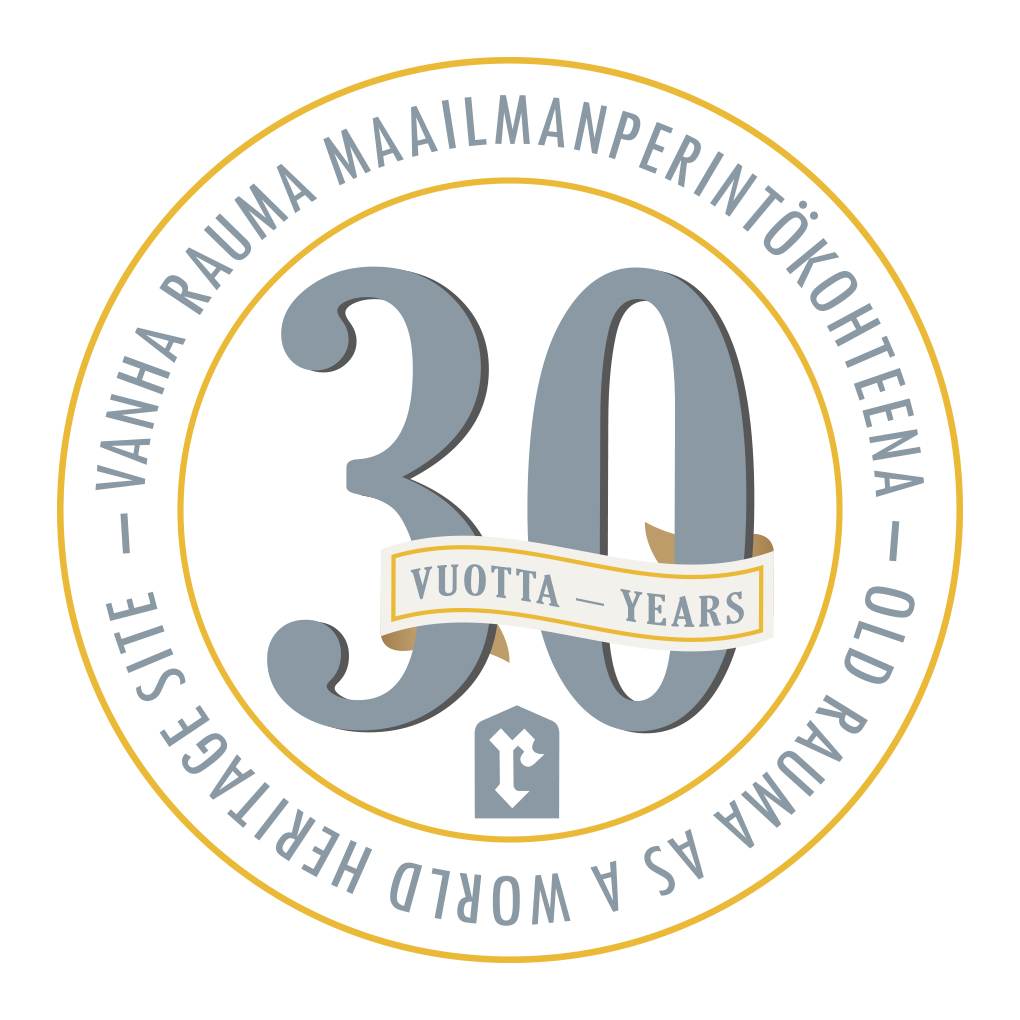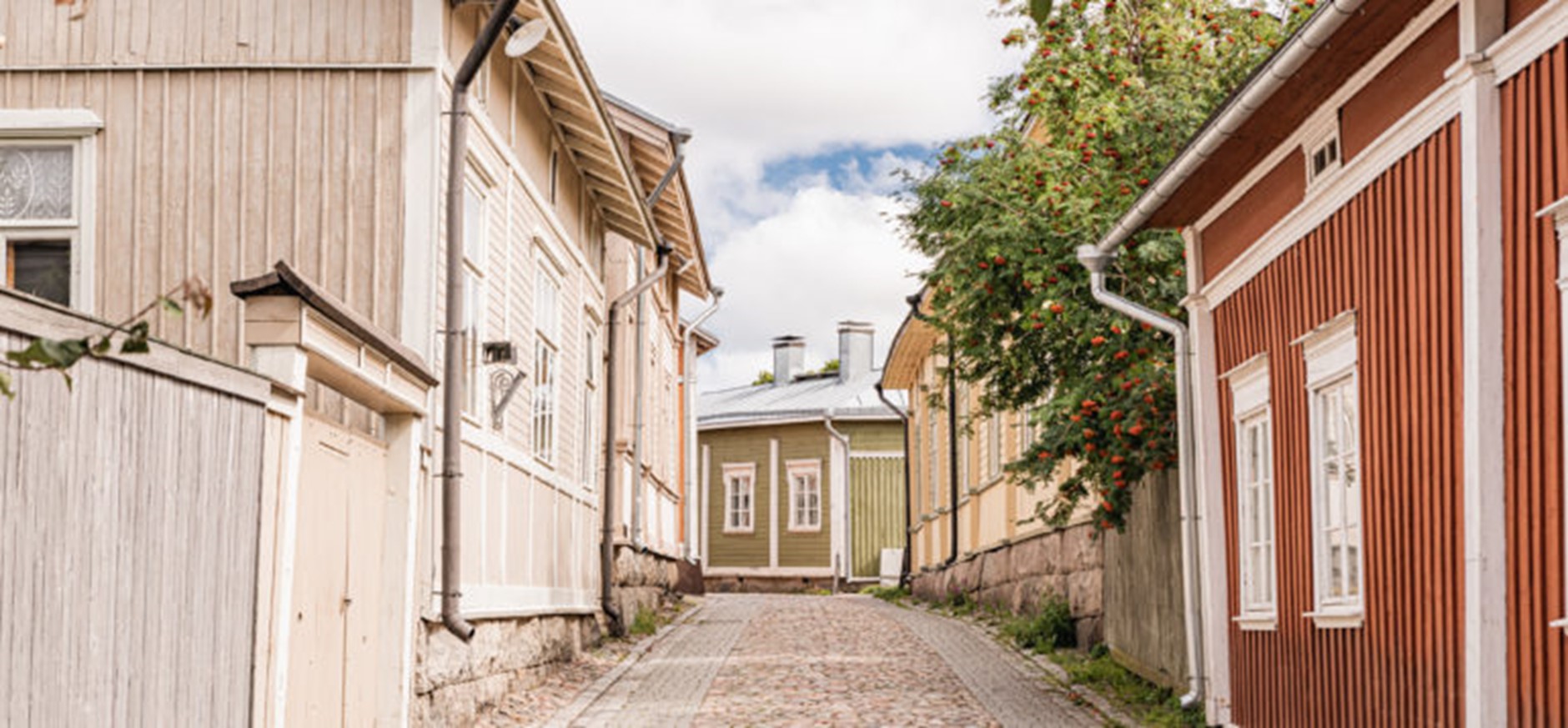MP30 – Old Rauma’s World Heritage status strengthens the image of a timber town
1.6.2021


Old Rauma, a UNESCO World Heritage Site, will celebrate its 30th anniversary in 2021. Old Rauma was inscribed on the World Heritage List in 1991 as a unique example of a living and well-preserved old Nordic tree city.
The second part of the 30 Years of Old Rauma as a World Heritage Site series explains how Old Rauma was selected as a World Heritage Site.
Old Rauma’s World Heritage status strengthens the image of the timber town
UNESCO World Heritage status is highly sought after. Potential sites and their representative states devote considerable resources to research and studies, as well as outright lobbying for World Heritage status. World Heritage is primarily a conservation status, but it also involves international and national identity building, deep political considerations and, of course, positive economic development as a very strong marketing brand.
One sometimes hears it claimed that Old Rauma was chosen as a World Heritage site at random. The city itself did not necessarily play an active role in the selection process. But the conservation work, restoration and
commitment must have been persistent and active. A strong criterion for the selection of Old Rauma was that the site was well-planned for conservation and restoration. According to Pekka Kärje, former director of the National Board of Antiquities, Old Rauma stood out from other wooden towns in that it was a functionally and socially diverse residential and commercial area, as old towns had always been.
World Heritage Listed in 1991
Finland ratified the World Heritage Convention in 1987. According to Pekka Kärje, this was linked to Finland’s wider international activism. Already in 1986, the Nordic countries had met in Bergen, Norway, to coordinate a common approach to the sites in the area. At that time, Old Rauma was put forward as a possible Finnish site to represent a Nordic timber town.
Old Rauma and Suomenlinna were the first Finnish sites to be inscribed on the World Heritage List in 1991 in Carthage, following a long preparatory process. Old Rauma was one step ahead of Suomenlinna at the meeting.
In the nomination process, the selection criteria have remained relatively unchanged, but more analysis and research data are now required, and in greater detail. Of course, potential sites are also assessed in relation to the representativeness of existing sites. Even after 30 years, Old Rauma is still the largest and most representative Nordic tree city, and its inclusion on the World Heritage List has only strengthened this.
Mervi Tammi, Planning Architect, Deputy World Heritage Coordinator
Henri Raitio, Planning Architect, Deputy World Heritage Coordinator
